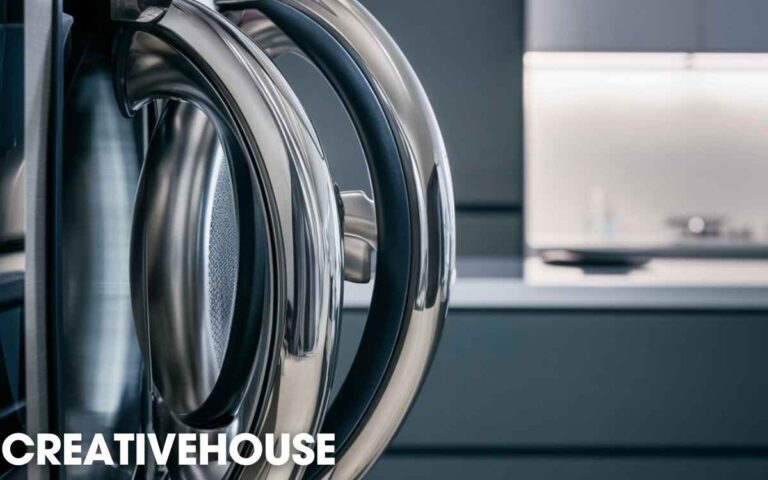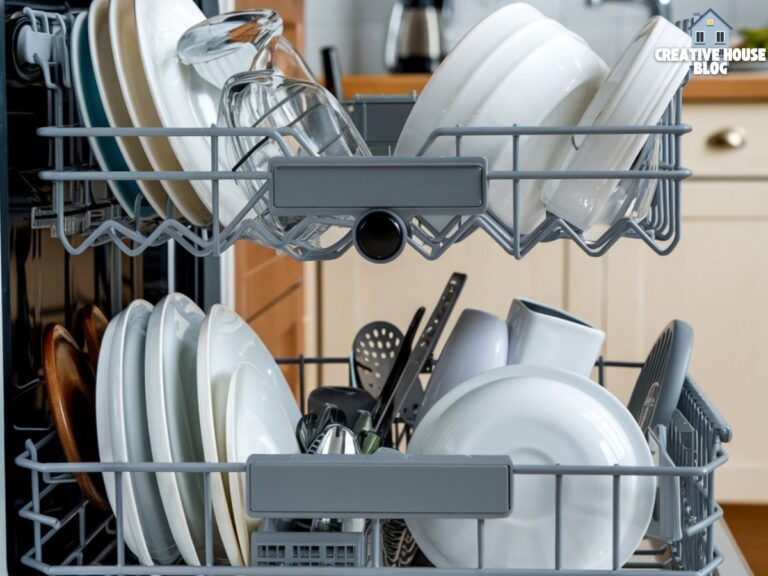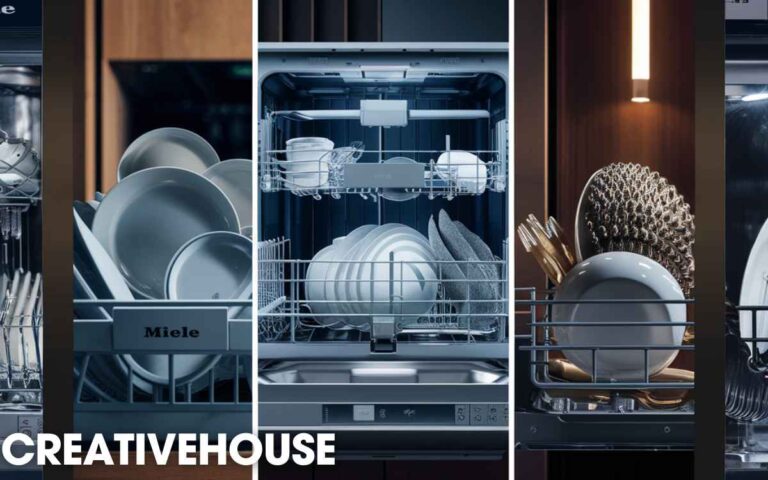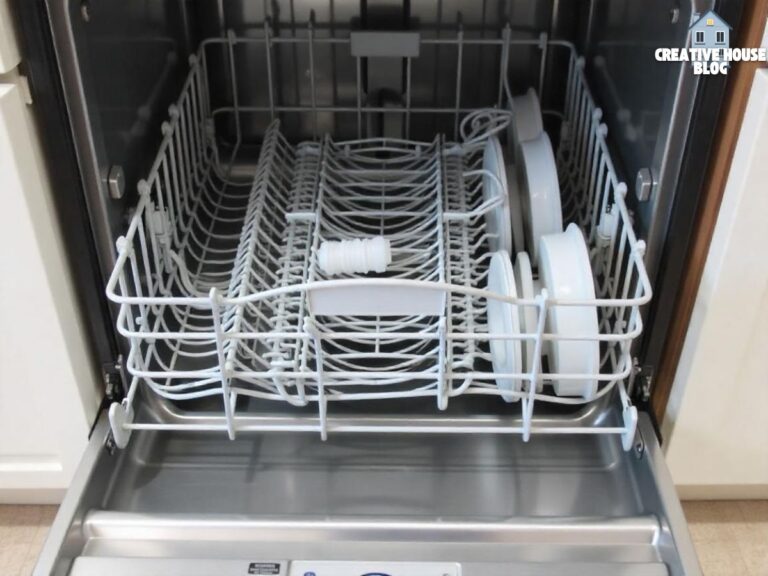Encountering an error code on your LG dishwasher can be a frustrating experience, especially when you’re in the midst of cleaning up after a meal.
Understanding how to fix LG dishwasher error codes is crucial for effective troubleshooting. Each code indicates a specific issue that needs to be addressed.
This guide will walk you through the most common LG dishwasher error codes and provide step-by-step solutions to help you resolve these problems, ensuring your dishwasher returns to optimal performance.
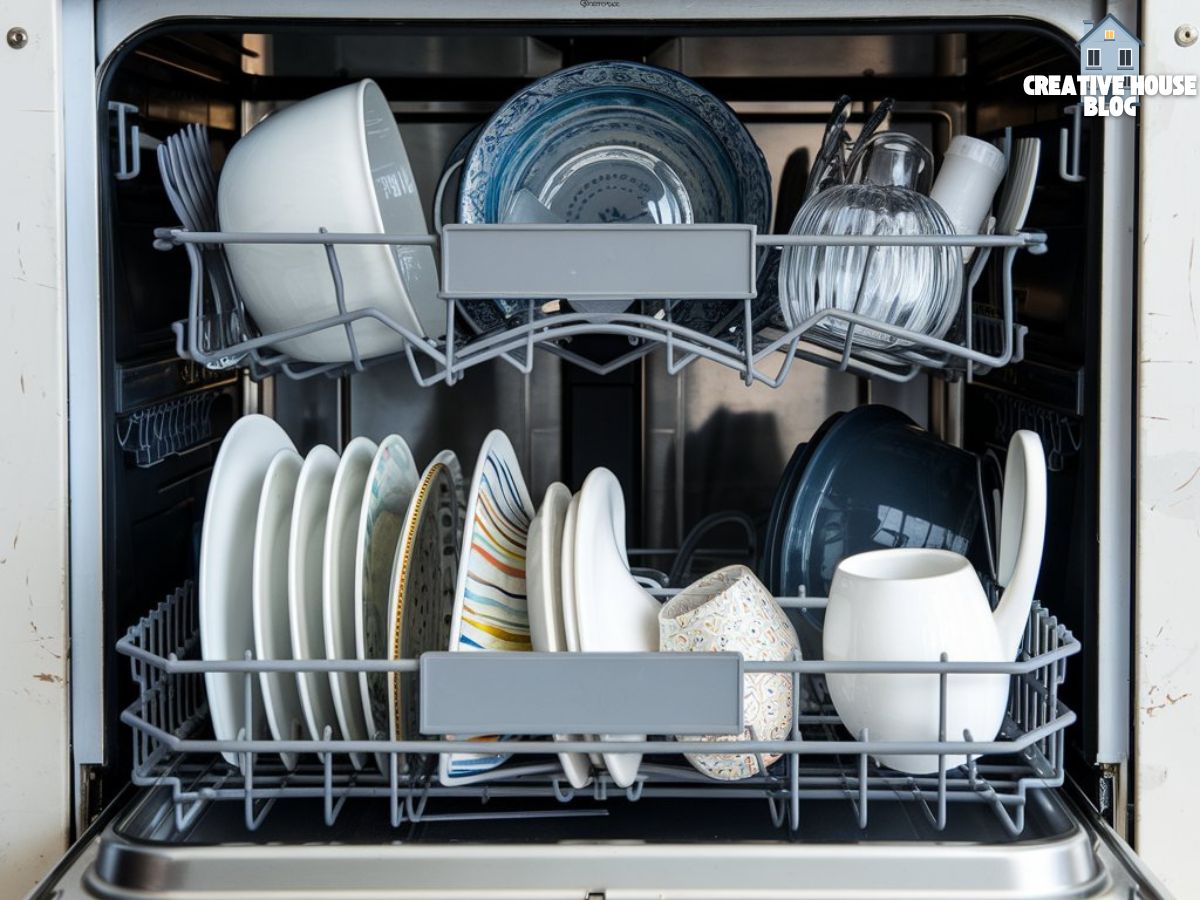
Key Takeaways
Expert Guide
Common LG Dishwasher Error Codes and Their Meanings
When an error code appears on your LG dishwasher, identifying the code is the first step towards a solution.
Below are some of the most frequently encountered LG dishwasher error codes and their meanings:
Error Code OE: Drainage Issue
This code indicates a drainage problem, typically due to a clogged filter or drain hose, preventing the water from draining out properly.
Error Code IE: Water Inlet Problem
When this code appears, it generally means there’s an issue with the water supply, such as a kinked inlet hose or a closed water valve.
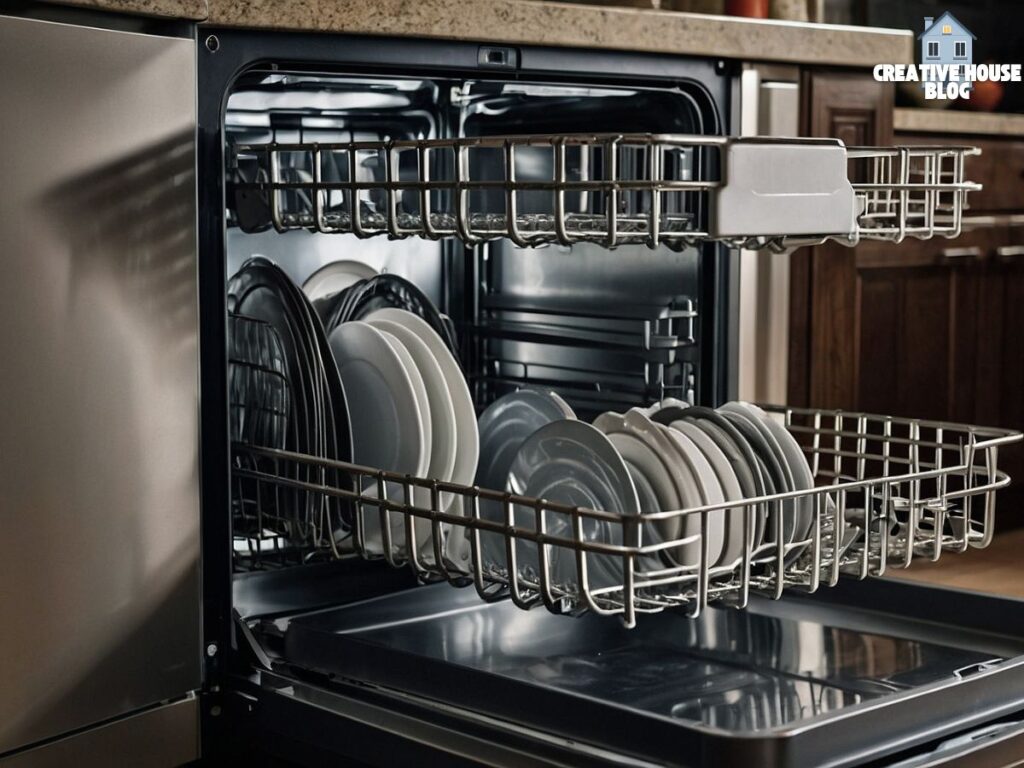
Error Code AE: Leakage Detected
AE signifies that the dishwasher has detected a leak. This might occur if water is pooling at the bottom of the appliance due to a faulty door seal or hose connection.
Error Code FE: Overflow Detected
This code is triggered when there’s an overflow, which could happen if the water supply pressure is too high or if there’s an issue with the inlet valve.
Error Code LE: Motor Malfunction
Related Articles: Can You Put Baking Sheets in the Dishwasher?
LE indicates a motor-related issue. This might mean the motor is overloaded or encountering resistance, possibly due to an obstruction.
Error Code HE: Heating Element Issue
If this code appears, it’s usually related to a malfunctioning heating element, which impacts the water temperature necessary for optimal cleaning.
Step-by-Step Troubleshooting for Each Error Code
Now that you know the meanings of the error codes, let’s look at how you can fix them.
1. Resolving the OE Error Code (Drainage Issue)
If your dishwasher isn’t draining, here’s how to address the problem:
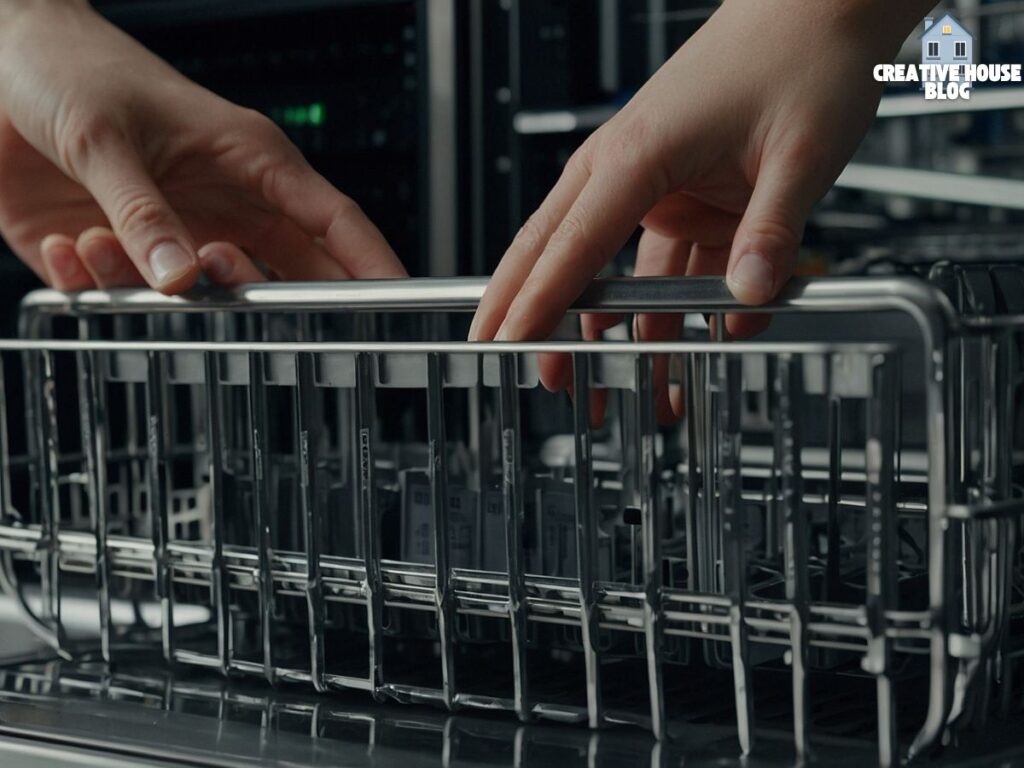
- Turn off the power: Unplug the dishwasher or turn off the circuit breaker.
- Check the drain hose: Inspect the drain hose for kinks or blockages, making sure it’s not clogged or improperly positioned.
- Clean the filter: Open the dishwasher and remove the filter at the bottom. Rinse it under running water to remove debris.
- Check the air gap: If your dishwasher has an air gap, inspect it for clogs and clean it if necessary.
- Reconnect and test: Restore power and run a short cycle to confirm that the drainage issue is resolved.
Related Articles: Can T-Fal Pans go in The Dishwasher? A Guide!
2. Resolving the IE Error Code (Water Inlet Problem)
For water inlet issues, follow these steps:
- Ensure the water supply is on: Confirm that the water supply valve is fully open.
- Inspect the inlet hose: Check for kinks, clogs, or other obstructions in the inlet hose that may block water flow.
- Examine the filter screen: Look for debris on the screen at the water inlet valve and clean it to allow unobstructed water flow.
- Test the dishwasher: Run a rinse cycle to verify that the water inlet problem has been addressed.
3. Resolving the AE Error Code (Leakage Detected)
To troubleshoot a leak, follow these steps:
- Turn off the dishwasher: Disconnect the appliance to avoid any electrical hazards.
- Inspect for visible leaks: Look around the base of the dishwasher and the door seal for any visible water pooling.
- Check hose connections: Ensure all hoses are securely connected and check for cracks or wear.
- Inspect the door seal: If the door gasket appears damaged, it may need replacing to prevent future leaks.
- Run a test cycle: After resolving the issue, reconnect power and check if the AE code persists.
Related Articles: Can You put All Clad in The Dishwasher? A Cleaning Myth Busted
4. Resolving the FE Error Code (Overflow Detected)
Here’s what to do if an overflow is detected:
- Turn off the water supply: Close the water supply to prevent further filling.
- Inspect the float switch: Check that the float switch inside the dishwasher is moving freely and isn’t stuck.
- Examine the inlet valve: If the inlet valve is damaged or faulty, it may need replacement to prevent overflow.
- Reconnect and run a short cycle: Ensure there is no overflow after resolving the issue.
5. Resolving the LE Error Code (Motor Malfunction)
For motor-related issues, here’s the troubleshooting process:
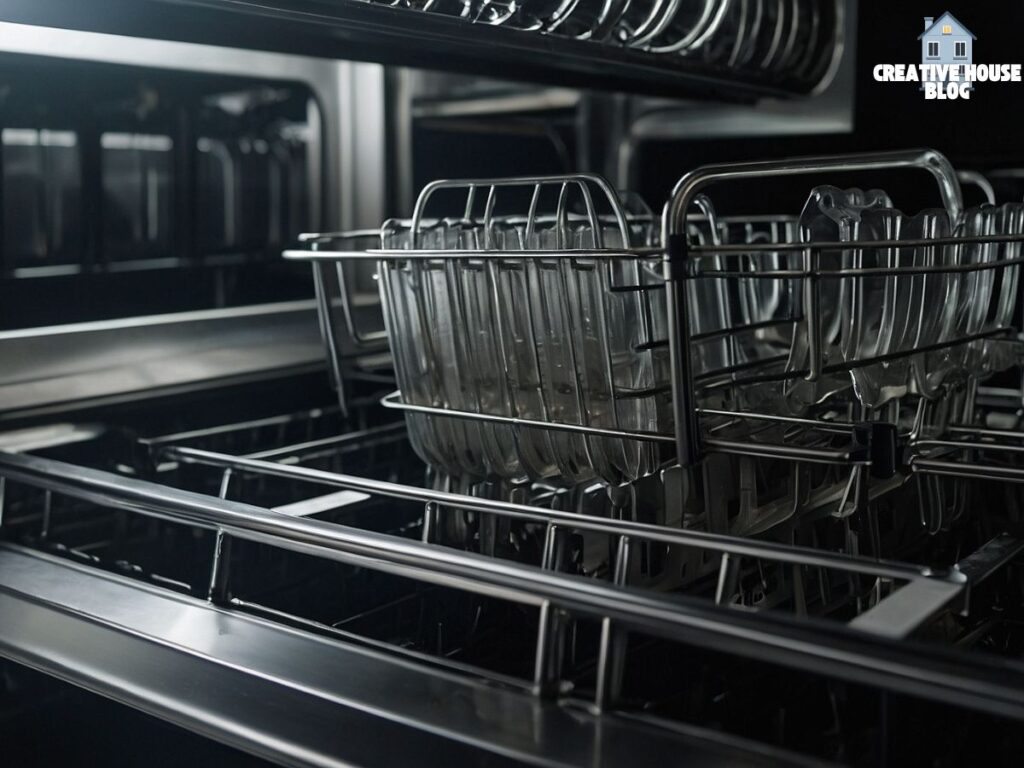
- Turn off the dishwasher: Unplug the appliance or turn off the breaker.
- Look for obstructions: Inspect the dishwasher’s bottom area and spray arms for objects or debris that could be obstructing the motor.
- Inspect the motor: If the motor itself seems worn or damaged, it may need to be replaced to resolve the LE error.
- Restore power and test: After resolving, plug the dishwasher back in and test if the error is cleared.
Related Articles: How to Reset Your Miele Dishwasher: A Step-by-Step Guide
6. Resolving the HE Error Code (Heating Element Issue)
If there’s an issue with the heating element, follow these steps:
- Turn off power to the dishwasher: Disconnect the power supply for safety.
- Access the heating element: Locate the heating element at the bottom of the dishwasher and inspect it for visible damage.
- Test with a multimeter: Use a multimeter to check if the heating element has continuity. If it doesn’t, replace it.
- Reconnect and test: Reconnect the power and run a cycle to ensure that the heating element is functioning properly.
Learning how to fix LG dishwasher error codes allows you to quickly identify and resolve issues, keeping your appliance running efficiently.
By understanding each code’s meaning and following the troubleshooting steps provided, you can effectively address common problems.
Explore Also:
Dietsheriff
Gigasecurehome
Mycleanseplan
Regular maintenance, like cleaning filters, inspecting hoses, and checking key components, can further help prevent these error codes from appearing in the future.
FAQs Of How to fix LG dishwasher error code?
Can I reset my LG dishwasher to clear an error code?
Yes, you can try resetting your LG dishwasher by unplugging it for 10–15 minutes, then plugging it back in. This can sometimes clear minor errors, but persistent codes usually indicate a deeper issue.
How often should I clean the filter in my LG dishwasher?
Ideally, you should clean the filter every month to ensure efficient water flow and prevent drainage issues.
Is it safe to replace parts like the heating element on my own?
While many parts can be replaced independently, it’s best to consult the user manual or a professional technician for complex components to ensure safe and proper repairs.
What should I do if I continue to see the same error code after troubleshooting?
If an error code persists despite following these troubleshooting steps, contact LG customer support or a qualified technician for assistance.
Why is my LG dishwasher not drying dishes properly?
This issue may stem from a faulty heating element or low rinse aid levels. Check the rinse aid and inspect the heating element for any visible issues.


